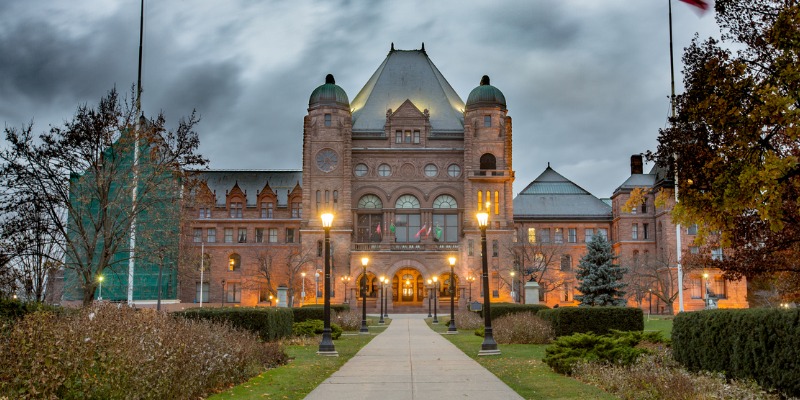Ontario among region’s poorest jurisdictions

By global standards, Ontario is a prosperous jurisdiction. Like residents of all Canadian provinces, Ontarians enjoy a standard of living and access to economic opportunity envied in most of the world.
Still, it would be a mistake to be complacent about the performance of Ontario’s economy. Specifically, if we narrow our analysis from a global scale to a regional one, it becomes clear that Ontario is poorer than most of its neighbours and has been for some time.
In a recent analysis, we compared the overall prosperity of Ontario (measured as Gross Domestic Product (GDP) per person) to that of the eight American states in the Great Lakes region. We added Quebec to our regional analysis as well.
The results were striking. Ontario has the second-lowest GDP per person in the Great Lakes region, ahead of only Quebec.
Let’s take a closer look at some of the numbers. Out of the eight Great Lakes U.S. states, nearby Michigan had the lowest GDP per capita. Michigan’s spot near the bottom of the regional GDP per capita rankings exists despite significant economic improvement in recent years following significant pro-growth economic reforms in the 2000s.
Again, Michigan was the lowest-ranking state for GDP per capita, but it was still meaningfully ahead of Ontario. Michigan’s GDP per capita in 2019 (in Canadian dollars) was $65,315 compared to $61,315 in Ontario. This means total income per person was $3,911 higher in Michigan—that’s a gap of 6.4 per cent.
A comparison to the regional average is even more striking. The population-weighted average GDP per capita of all jurisdictions in the region was $77,922. Compared to Ontario, that’s a gap of $16,607 or 27.1 per cent.
In short, within North America’s prosperous Great Lakes region, Ontario is clearly an economic laggard. Our immediate American neighbours and trading partners all exceed Ontario’s GDP per person.
Within Ontario itself, there are significant regions of the province where the relative economic weakness is even more pronounced. Specifically, recent analyses have shown that economic growth and prosperity have been heavily concentrated in the Greater Toronto Area and Ottawa, with lower average household incomes and economic growth rates in other parts of the province.
Understandably, policy attention in Ontario is currently focused on the government’s response to the pandemic. However, once the crisis is over, Ontario’s longer-term economic challenges must be addressed including the province’s relative economic weakness compared to its neighbours. The first step in addressing this problem is to understand the size of the gap and developing pro-growth economic policies that can help close this gap over time.
Author:
Subscribe to the Fraser Institute
Get the latest news from the Fraser Institute on the latest research studies, news and events.

